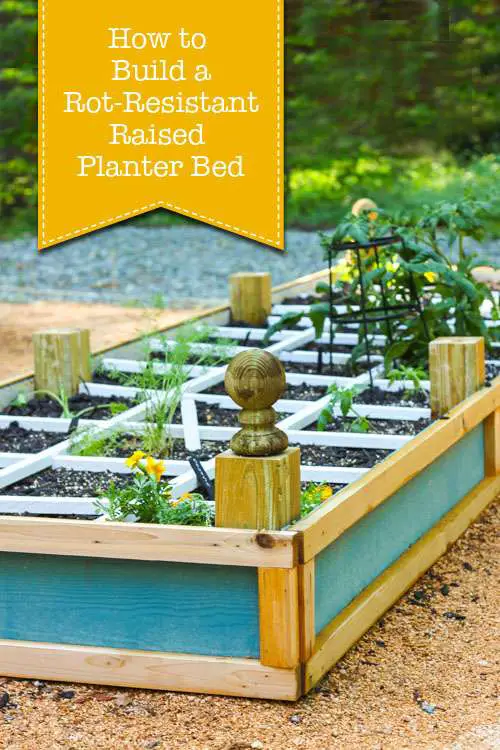Hello! In this article, we’ll be discussing how to prevent rot in raised bed gardens. If you’re interested in off-grid living or gardening, this topic is definitely for you. We’ll be exploring the different causes of rot in raised beds and providing effective solutions to stop it from happening. So, if you want to learn how to keep your raised bed gardens healthy and thriving, keep reading!
Preventing Rot in Raised Bed Gardens
Raised bed gardens are a popular choice for homeowners who want to grow their own vegetables and flowers. They offer several advantages, such as better drainage, improved soil quality, and easier access for gardening tasks. However, one common issue that gardeners often face is rot in their raised bed gardens. Rot can destroy plants, weaken the structure of the bed, and lead to costly repairs. Fortunately, there are several steps you can take to prevent rot and maintain the longevity of your raised bed garden.
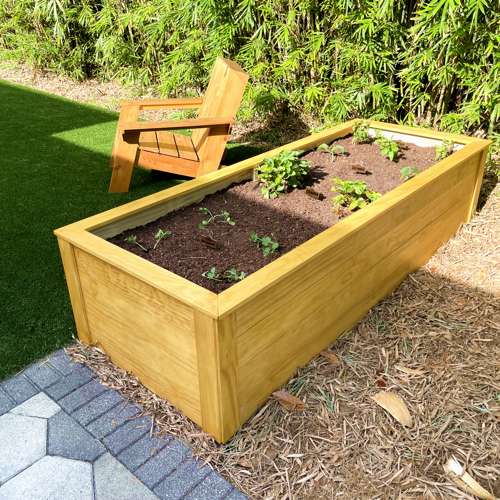
Understanding the Causes of Rot in Raised Bed Gardens
Before we delve into prevention methods, it’s essential to understand the causes of rot in raised bed gardens. There are multiple factors that can contribute to rot, including excessive moisture, poor drainage, lack of air circulation, and exposure to extreme weather conditions. When these conditions persist, the wood used to construct the bed can begin to decay, compromising the integrity of the structure and affecting the health of your plants.
Choosing the Right Materials for Your Raised Bed
The choice of materials is crucial in preventing rot in raised bed gardens. Avoid using pressure-treated lumber that contains toxic chemicals, as these chemicals can leach into the soil and harm your plants. Instead, opt for naturally rot-resistant woods such as cedar or redwood. These woods contain natural oils that act as a barrier against rot, extending the lifespan of your raised bed.
Building with Proper Drainage
Proper drainage is vital in preventing moisture buildup, which can lead to rot. When building your raised bed, ensure it has adequate drainage holes at the bottom to allow excess water to escape. Additionally, use a porous material, such as gravel or crushed stone, as the base layer. This will help promote drainage and prevent water from accumulating around the wood.
Using a Protective Liner
Another effective way to prevent rot in raised bed gardens is by using a protective liner. Liners act as a barrier between the soil and the wood, minimizing direct contact and reducing the risk of decay. There are various options to choose from, such as landscape fabric or heavy-duty plastic liners. Ensure the liner fits snugly inside the bed and extends slightly above the soil level to prevent water from seeping through the sides.
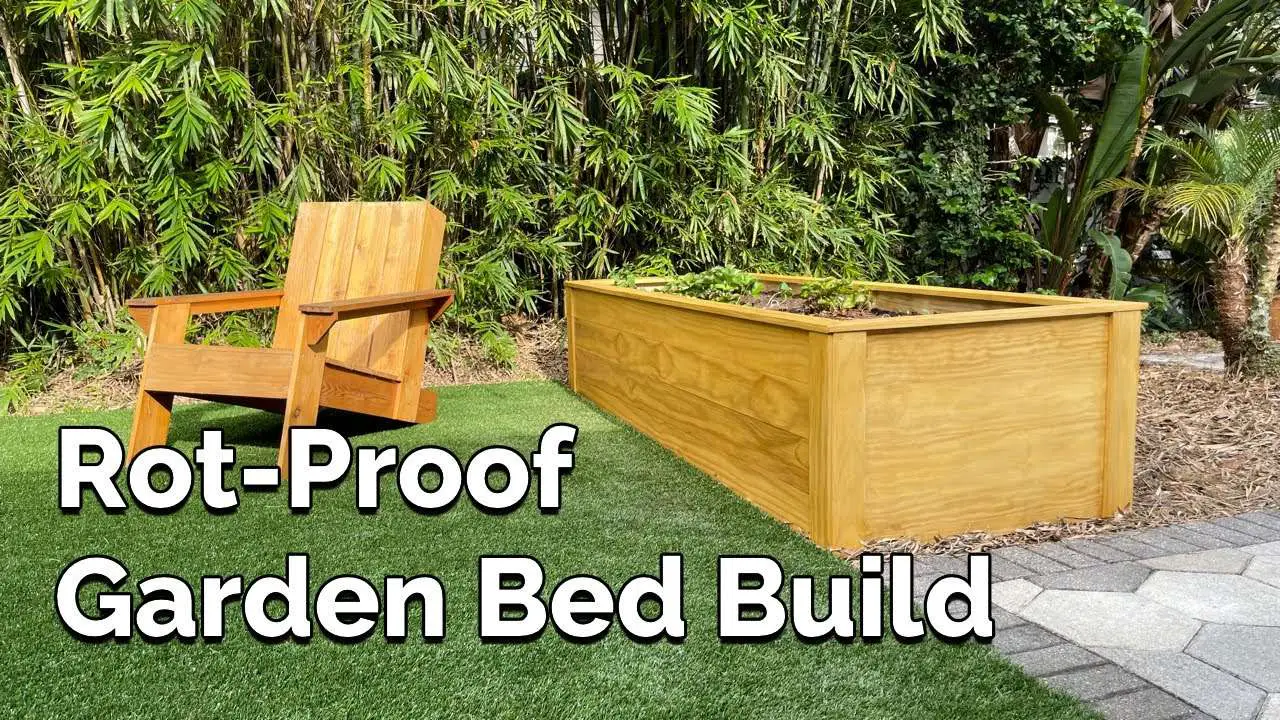
Applying Natural Wood Preservatives
To further enhance the longevity of your raised bed, consider applying natural wood preservatives. These products provide an additional layer of protection against rot and decay. Natural preservatives, such as linseed oil or beeswax, are safe for plants, animals, and the environment. Apply the preservative to all exposed wood surfaces, including the inside, outside, and cut ends of the boards.
Implementing Regular Inspection and Maintenance
Regular inspection and maintenance are crucial in preventing rot and addressing any issues promptly. Periodically check your raised bed for signs of decay, such as soft or crumbling wood, discoloration, or a musty odor. If you notice any problems, take immediate action to repair or replace the affected components. Regularly check the drainage holes to ensure they are not clogged and remove any debris that may interfere with proper drainage.
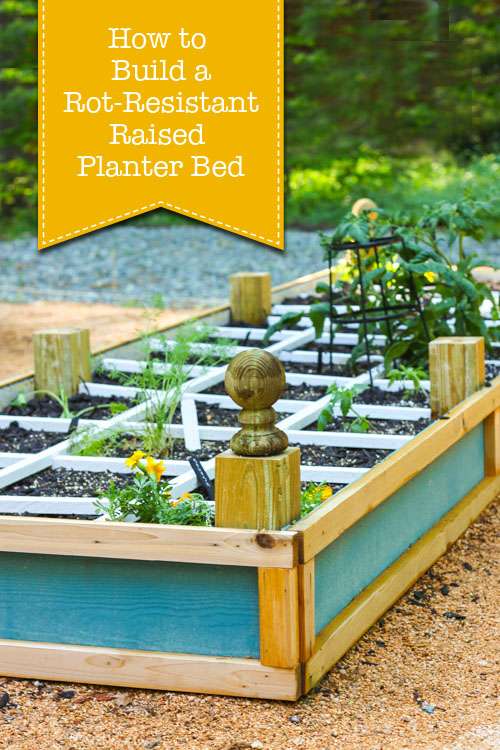
Incorporating Proper Irrigation Techniques
Proper irrigation is essential in preventing rot in raised bed gardens. Overwatering can lead to excessive moisture buildup, which creates the perfect environment for rot-causing organisms. It’s important to water your plants deeply but infrequently, allowing the soil to dry out between waterings. Consider installing a drip irrigation system or using a soaker hose to deliver water directly to the roots, minimizing moisture on the bed’s surface.
Ensuring Adequate Air Circulation
Good air circulation is crucial for preventing rot in raised bed gardens. When plants and soil remain consistently wet, it creates a damp environment that encourages rot and fungal growth. Avoid overcrowding your plants, as this restricts airflow and promotes moisture retention. Allow sufficient space between plants to promote air circulation and ensure that foliage and branches are not touching the sides of the bed.
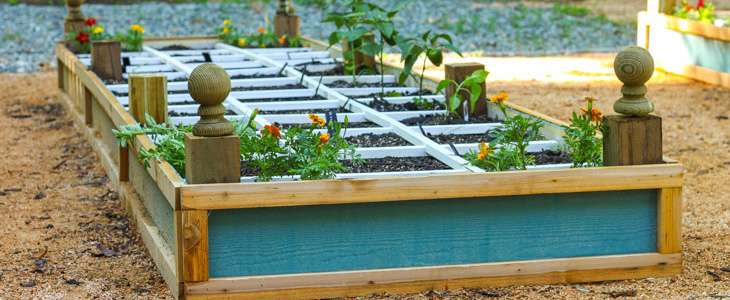
Practicing Crop Rotation
Crop rotation is an effective technique to prevent the buildup of pathogens that can cause rot and other diseases. Rotating your crops annually helps break the cycle of disease and reduces the likelihood of pathogens establishing themselves in the soil. Plan your planting layout in advance and alternate crops with different nutrient needs and root structures. This practice not only prevents rot but also improves soil fertility and overall garden health.
Avoiding Overcrowding of Plants
Overcrowding your raised bed can create a host of problems, including increased humidity, competition for resources, and poor air circulation. These conditions can lead to rot and other plant diseases. Be mindful of the recommended spacing for each plant variety and avoid the temptation to overcrowd your garden for higher yields. Adequate spacing allows for better airflow, reduces moisture retention, and prevents plants from shading each other excessively.
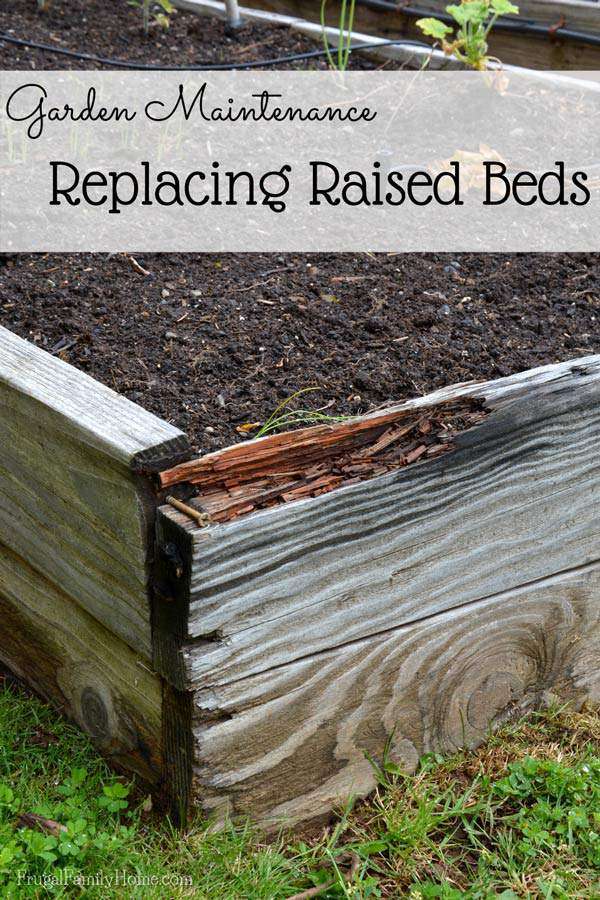
Managing Weed and Pest Control
Weeds and pests can contribute to the decay of plants and hasten the onset of rot in raised bed gardens. It’s essential to implement proper weed control measures, such as mulching or regular hand weeding, to prevent weeds from competing with your plants for nutrients and moisture. Additionally, monitor your garden for signs of pests and promptly address any infestations. Some pests, like slugs or snails, can create excess moisture and contribute to rot if left unchecked.
Maintaining Proper Soil pH and Nutrient Levels
Maintaining proper soil pH and nutrient levels is vital for strong, healthy plants that are less susceptible to rot. Conduct a soil test to determine its pH and nutrient composition. Most vegetables prefer a slightly acidic to neutral soil pH, typically between 6.0 to 7.0. Adjust the pH as necessary by incorporating organic matter or applying appropriate soil amendments. Regularly add compost or organic fertilizers to replenish essential nutrients and support plant growth.
Protecting Your Raised Bed from Extreme Weather Conditions
Extreme weather conditions, such as heavy rainfall, intense sunshine, or freezing temperatures, can accelerate the rotting process in raised bed gardens. Protect your raised bed from these conditions by providing adequate shelter or cover. Install a canopy or construct a removable cover to shield your plants from excessive rain or intense sunlight. In colder regions, cover your bed with mulch or straw during the winter months to insulate the soil and protect the plants’ root systems.
Concluding Thoughts on Preventing Rot in Raised Bed Gardens
By understanding the causes of rot, choosing the right materials, ensuring proper drainage, using protective liners, applying natural wood preservatives, and implementing regular maintenance, you can greatly reduce the risk of rot in your raised bed garden. Additionally, incorporating proper irrigation techniques, ensuring adequate air circulation, practicing crop rotation, avoiding overcrowding, managing weed and pest control, maintaining proper soil pH and nutrient levels, and protecting your bed from extreme weather conditions will help maintain the health and longevity of your raised bed garden. With these preventative measures in place, you can enjoy fruitful harvests and vibrant gardens year after year. Happy gardening!

